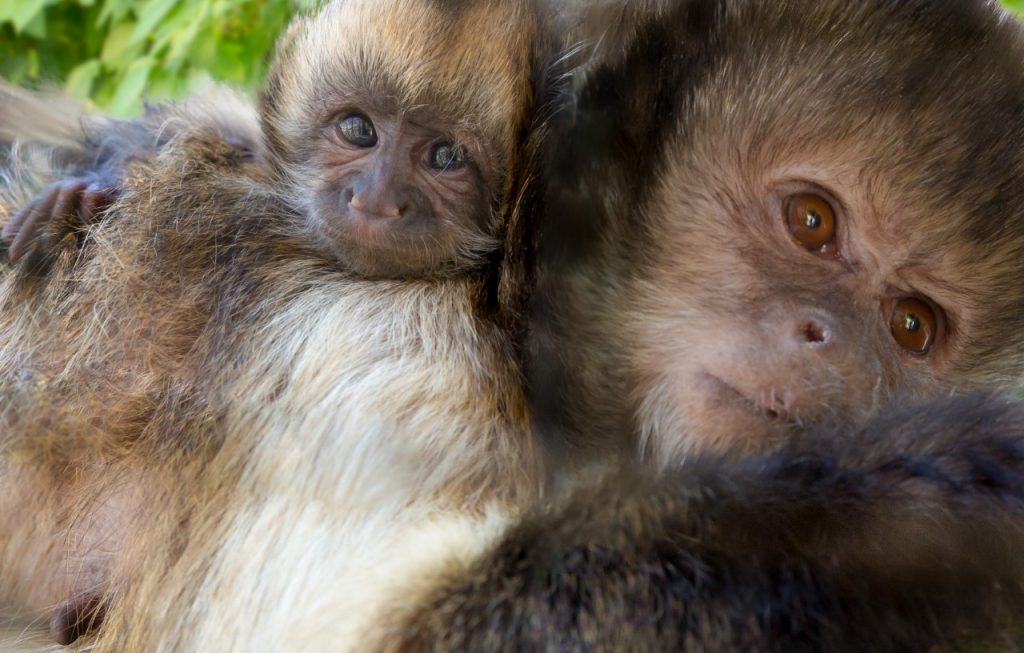Edible centerpieces: Reduce, Reuse, Recycle
Citation
Schmidt D and Henry B. 2017. Edible centerpieces: Reduce, Reuse, Recycle. In Ward A, Coslik A, Brooks M Eds. Proceedings of the Twelfth Conference on Zoo and Wildlife Nutrition, Zoo and Wildlife Nutrition Foundation and AZA Nutrition Advisory Group, Frisco, TX.
Abstract
The Nutrition Departments at Saint Louis Zoo and Cincinnati Zoo & Botanical Garden have partnered with their Events/Group Sales Departments to create unique produce centerpieces for zoo events. This relationship enables the animals to receive items that may be too costly for a typical zoo nutrition budget, while saving money (estimated 30-40%) over floral centerpieces, which are often thrown away after each event. These centerpieces are perfect for business lunches, semi-formal dinner parties, donor events, and themed occasions like the Cincinnati’s Zoo & Botanical Garden’s Farm to Zoo celebrations. The earlier a plan of what centerpieces will be used is established for the event the better; however, at least a week is necessary to secure the produce supplier. These arrangements/centerpieces are easy to make at the last minute and can be assembled the day before or on the day of the event. Event planners arrange the event, the nutritionist approves the items desired, either the planner or nutritionist can order the produce, and the arrangement can be assembled by a variety of people including the event staff, the nutritionist, an intern, or zoo volunteers. Ideas for the centerpieces are a combination of the “guests” arranging the event, staff in the events areas, and nutritionists. High quality produce vendors that are typically used by the zoo for animals or for human foods have been the suppliers utilized; some specialty items may require a more specialized vendor. Items that have been tried at these two zoos include: asparagus (variety of colors), baby bok choy, Romanesco broccoli, Swiss chard, grapes, baby pineapples, artichokes, heirloom tomatoes, radishes, Brussels sprouts, raspberries, rainbow carrots, mini sweet peppers, mini eggplant, kumquats, blueberries, coconuts, cactus pads, colored cauliflower, broccolini, pomegranates and prickly pears. Many leafy greens do not hold up well at room temperatures. The sky is the limit as to what produce items could be used. Food artists should not be ill when assembling arrangements and use the same set of standards established at that institution as staff use when preparing animal diets. Notes are inserted with the centerpieces explaining what they are and politely asking the guests attending the events to not touch them as they will be offered to the animals after the event. Arrangements should be unassembled and offered to animals the next day, if possible; some items may keep a few days longer depending on what it is. St. Louis and Cincinnati offer the food items as a substitution for like items in the diet. These items are not offered as a sole source, and special attention is paid to offering certain types of produce to certain animals following the same guidelines established in animal diets. Risk of disease transmission is determined by the individual institution. St. Louis and Cincinnati do not offer items from arrangements to primates. Additionally, St. Louis does not offer these items to elephants.
 35_Schmidt.pdf 111 KB
35_Schmidt.pdf 111 KB








